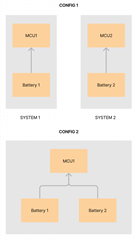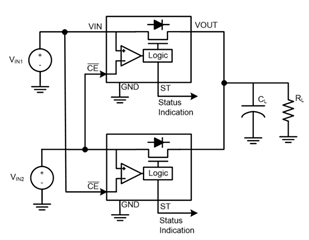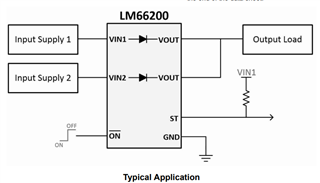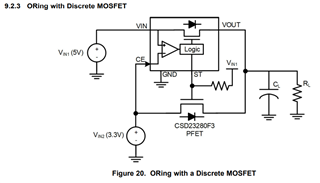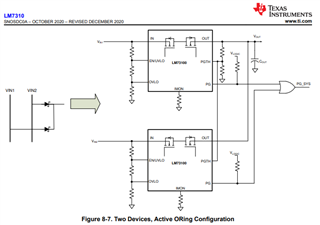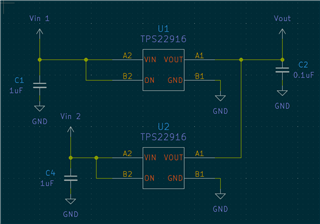Dear Texas Instruments Team,
I am currently engaged in a project with a client that necessitates efficient load sharing between two 3.7V Li-ion batteries. In order to optimize power management and minimize losses during this process, I am seeking your guidance and recommendation on a suitable Texas Instruments IC or solution. Could you kindly advise me on the most appropriate component or solution for this application?
Thank you for your valuable assistance.


